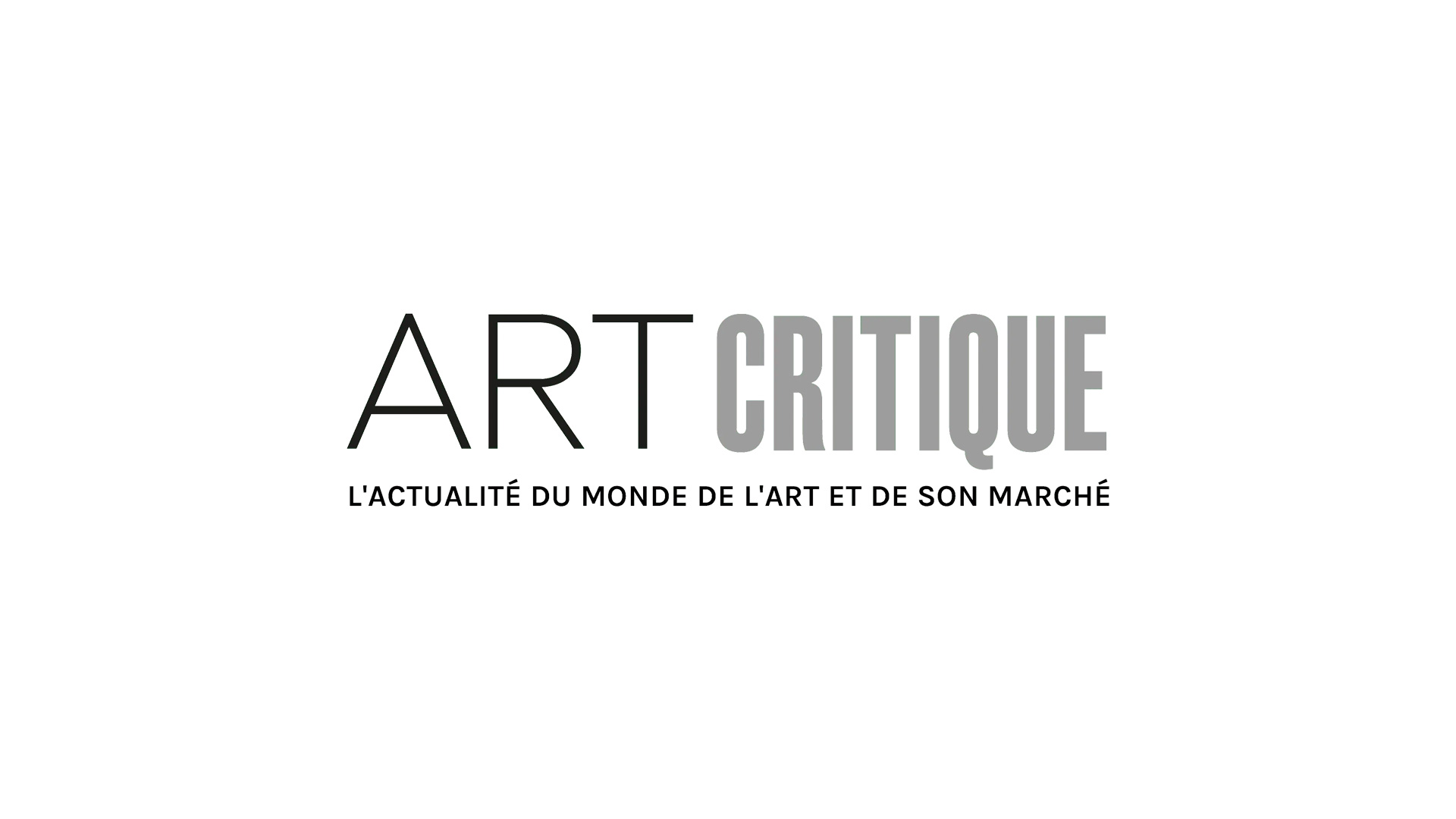Over eight decades have passed since Julius and Semaya Franziska Davidsohn, Jewish art collectors, were arrested by the Gestapo. On that day in 1938, the entirety of their possessions were seized by the Nazis in Munich and the Davidsohns, who had no children, were taken to a concentration camp. Now, nine works that were owned by the couple have been successfully returned to the heirs of the collectors who fell victim to the ravages of the Nazis.
On August 5th, the Davidsohn’s heirs, who were traced to London, Zimbabwe, and Tel Aviv, met in Munich to receive the artworks stolen all those years ago. The works in question, including paintings, sculptures, and engravings, had undergone meticulous research while in the stores of three of Germany’s state museum in Munich.
‘Provenance research is more than just a duty of our museums,’ said Bernd Sibler, Bavarian arts minister, in a statement to Bayern 2-radioWelt. ‘It is our ethical duty, to deal with the provenance of museum inventories thoroughly, profoundly, and conscientiously, and to make it transparent.’
The research of the artworks found that they were taken from the Davidsohn’s Munich apartment after their arrest. They then went to Königsplatz, one of the National Socialists’ collection points in the city, before ending up in either the Bavarian State Painting Collection, Bavarian National Museum, or the State Graphics Collection by 1955. The artworks included five paintings dating back to the 16th to early 20th centuries, three colour engravings dating to the 19th century, and a wooden panel with sections of intricate ivory reliefs.
‘It is very illuminating for the community of heirs to find out about the fate of the former Davidsohn family, and to be able to commemorate them,’ said a spokesperson for the heirs. The process of tracking down the rightful heirs was ‘long and difficult’ according to Bernhard Maaz, director of the Bavarian State Painting Collection. However, in recent years, the information available and the tools to research the murky waters that surround the Holocaust era have become better. Sibler also recognized that the lack of direct heirs made the process more difficult.
In August of 1942, Julius was killed and Semaya passed away the following April. Their possessions could have easily slipped through the cracks. Luckily, in this case, that didn’t happen and it hopefully sheds more light on the extensive work that is yet to be down. It certainly isn’t an easy process, as the ongoing battle for a pair of works by Egon Schiele in the US has proven, but it is a messy and traumatic path that must continue to be forged.
Like Sibler said: ‘Past events cannot be undone, but we can send a visible sign for our deep and serious interest to process the inhuman crimes of National Socialism.’





